How To Breast Self-Examination
A breast self-examination is a little odd, isn’t it? But, believe it or not, it may be a behaviour that saves lives. If you routinely check your breasts, you’ll be able to detect any changes early and let your doctor know. Although it can at first seem strange, it’s crucial that you incorporate this into your daily routine since, as they say, prevention is always better than cure.
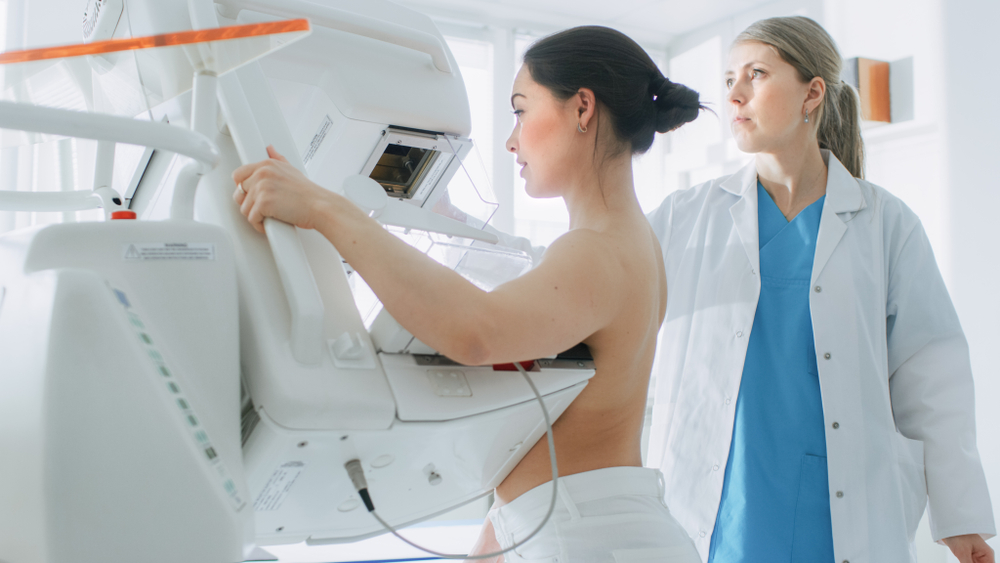
Why it’s done:
You may learn more about the typical feel and appearance of your breasts by performing a breast self-exam for breast awareness. You should let your doctor know if you detect any changes in your breasts that look abnormal or if one breast differs from the other.
Your breasts might alter as a result of a variety of illnesses, including breast cancer.
Many women say that the first indicator of their breast cancer was a new breast lump they independently discovered, despite the fact that the breast self-exam approach isn’t usually a good means to identify breast cancer. Doctors advise becoming familiar with your breasts’ typical consistency as a result.
How you prepare:
- Ask your doctor to show you how to perform a breast self-exam for breast awareness. You might find it beneficial to go through the directions and procedure with your doctor before you start performing breast self-exams for breast awareness.
- Choose the point in your cycle when your breasts are least painful if you menstruate. Each month throughout your menstrual cycle, your hormone levels alter, which affects the breast tissue. When your period starts, swelling starts to go down. The week following the end of your menstruation is typically the optimum time to do a self-exam for breast awareness.
While all cancers can’t be prevented but you can get it diagnosed in time. So, here are a few simple steps to follow so that you can do the breast self-examination on your own.
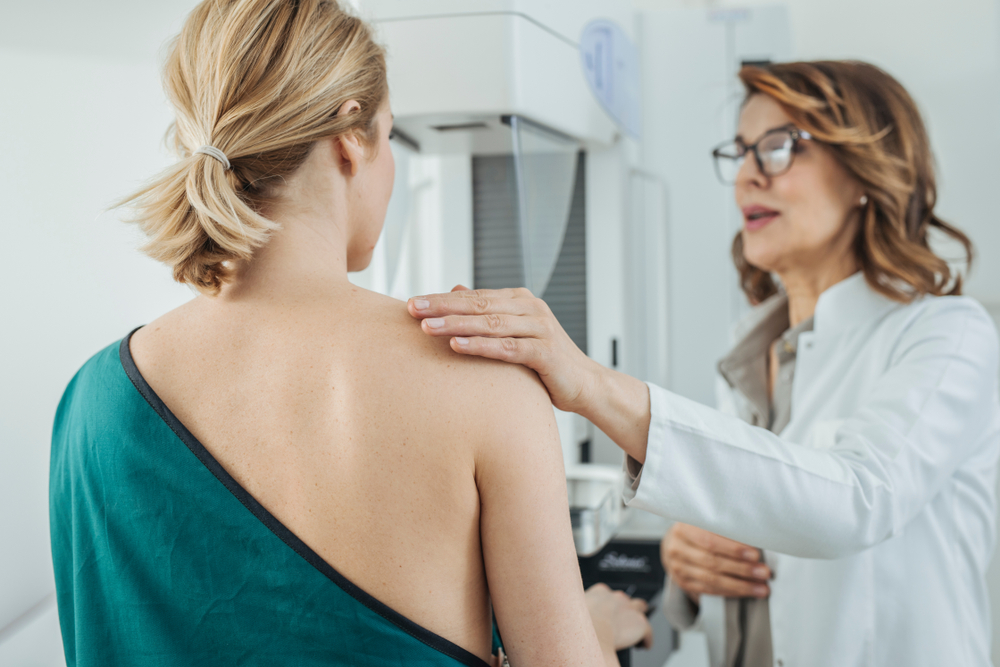
Breast Self-Examination Directions:
Common ways to perform the manual part of the breast exam include:
- Lying on your back. Pick a level surface, such as a bed, and lie on your back there. Breast tissue stretches out while you’re lying down, making it thinner and more perceptible.
- While bathing. In the shower, lather your breasts and fingers to make it easier for your fingertips to move over your skin.
When examining your breasts, some general tips to keep in mind include:
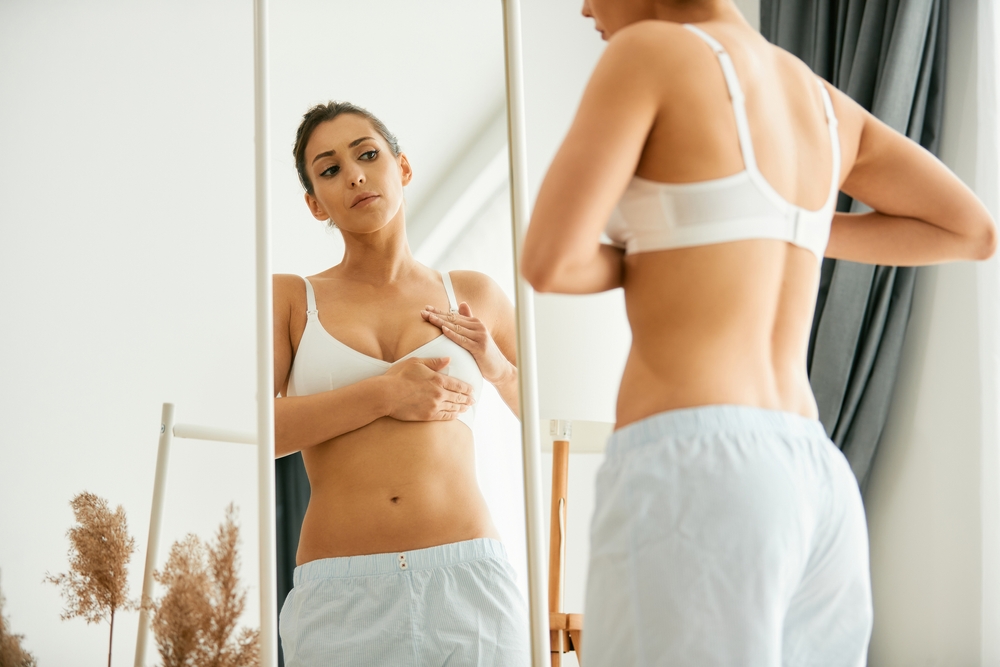
- Make use of your finger pads. For the test, use the pads—not the very tips—of your three middle fingers. Use a more sensitive area of your hand, such as the palm or the backs of your fingers, if you have trouble feeling with your finger pads.
- Utilize various pressures. By applying various amounts of pressure, you should be able to feel the breast tissue at various depths. To feel the tissue that is closest to the skin, use light pressure; to feel a bit deeper, apply medium pressure; and to feel the tissue that is closest to the chest and ribs, apply strong pressure. Use each pressure setting before going on to the following location. If you’re uncertain on how hard to press, talk with your doctor or nurse.
- Give it some time. Do not hurry. It could take some time to thoroughly inspect your breasts.
- Observe a pattern. Make sure to thoroughly inspect your breast by employing a logical approach. Consider placing a clock face or pie slices over your breast, for instance. Move your fingers toward your nipple while starting close to your collarbone and examining that region. Next, move your fingers to the following area.
You can probably still perform a breast self-exam if your handicap makes it difficult for you to inspect your breasts in this way. Ask your doctor to demonstrate how to check your breasts.
To know more, visit us at Travocure.

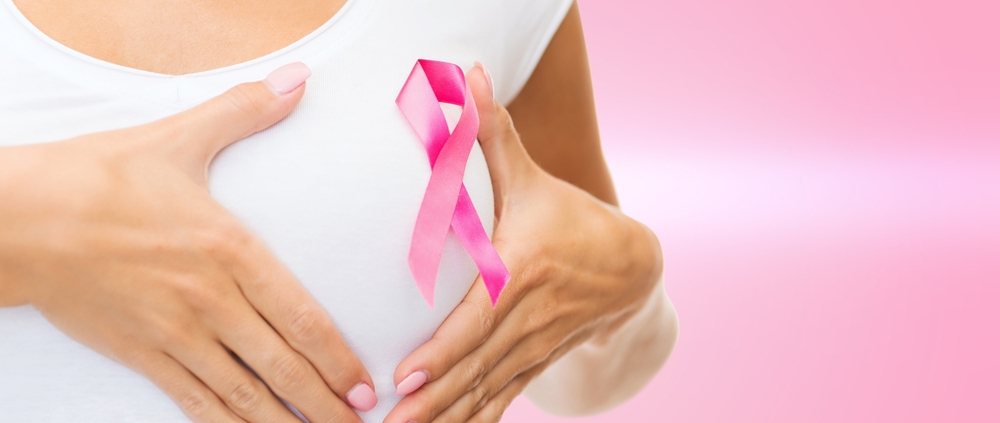
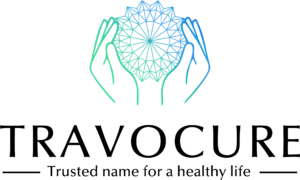
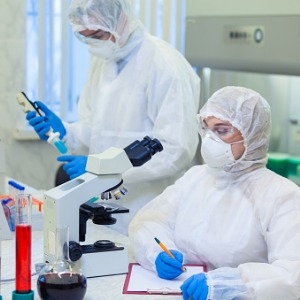
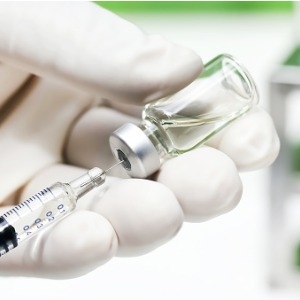

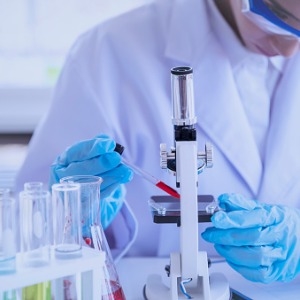
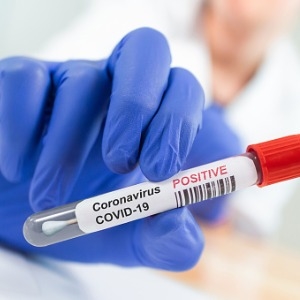








Leave a Reply
Want to join the discussion?Feel free to contribute!